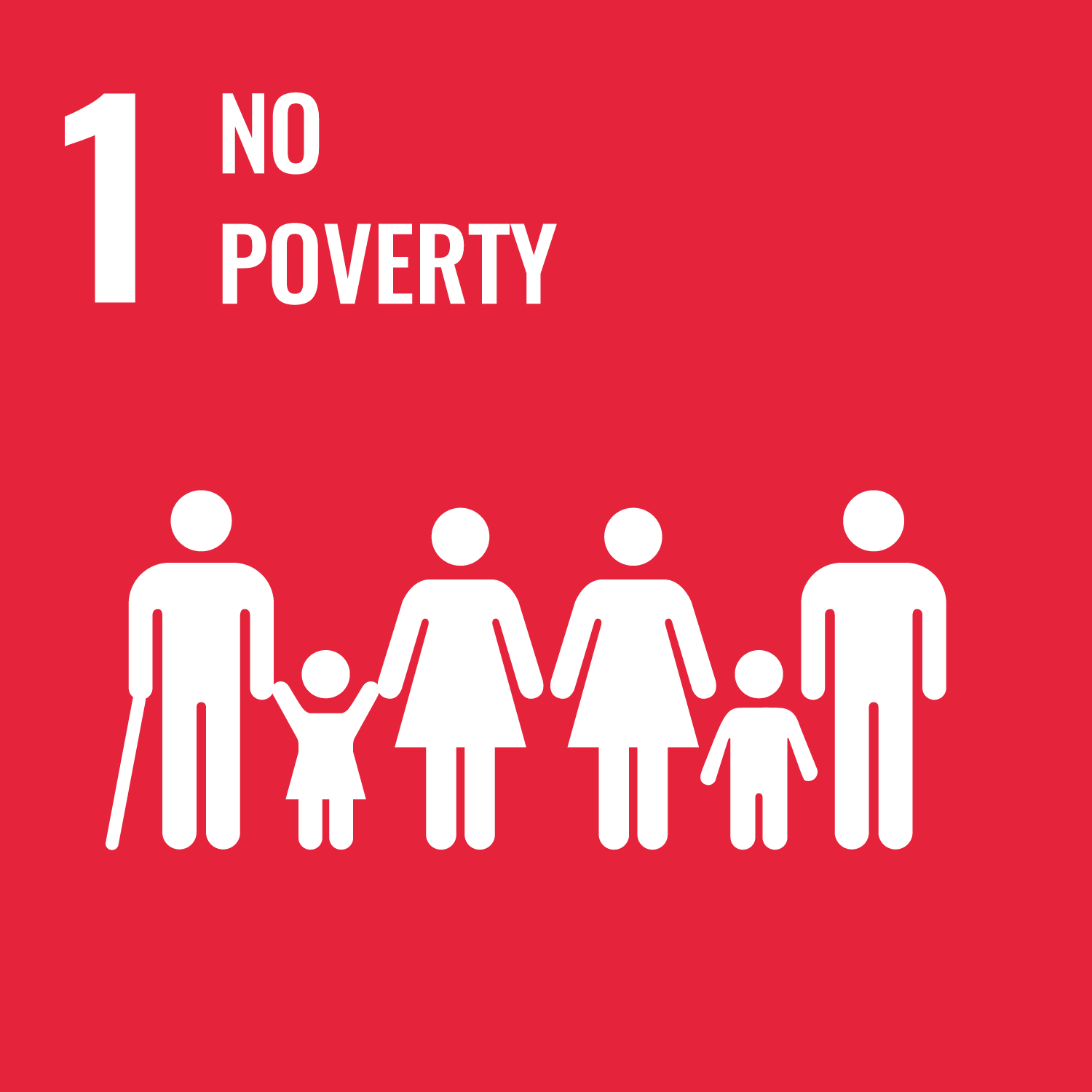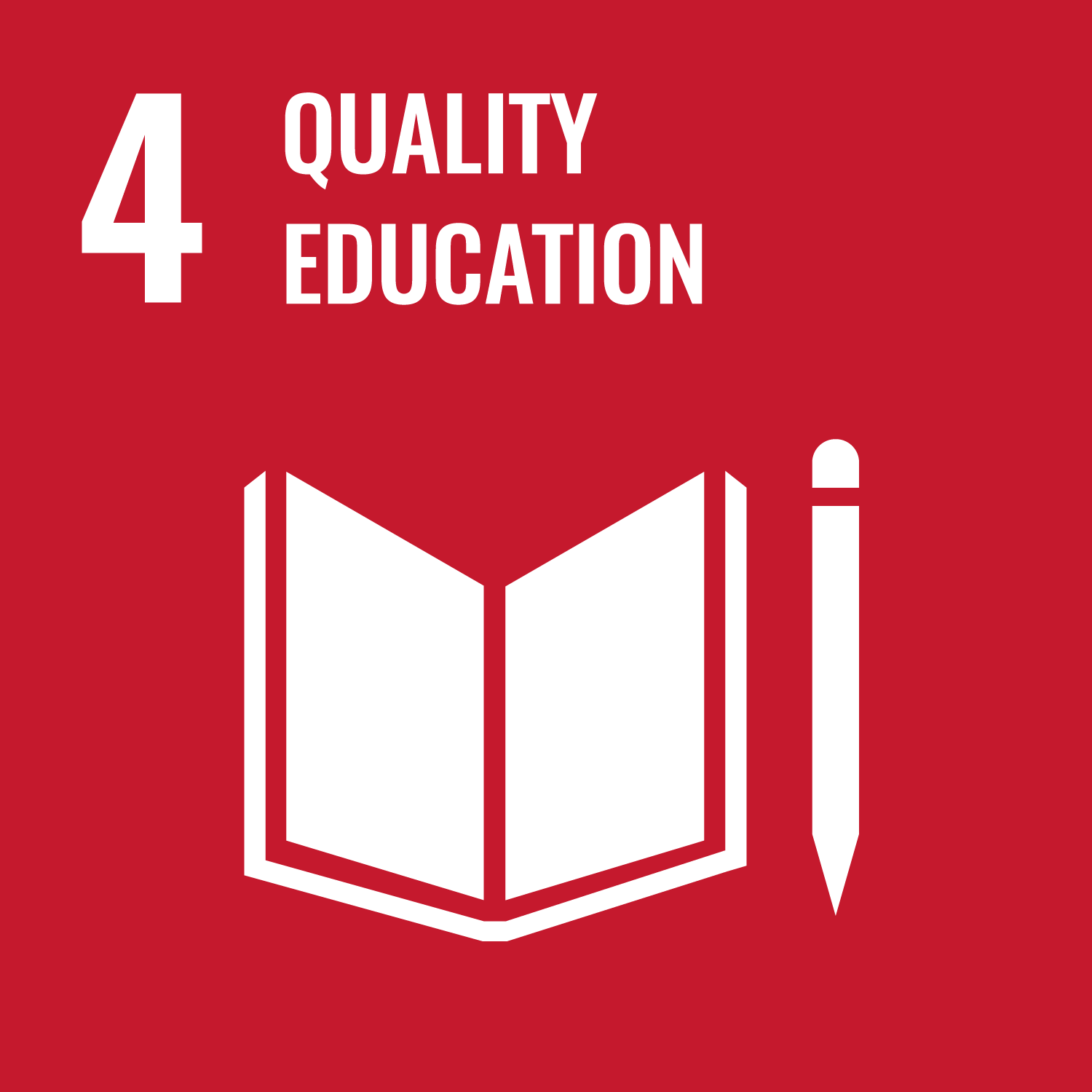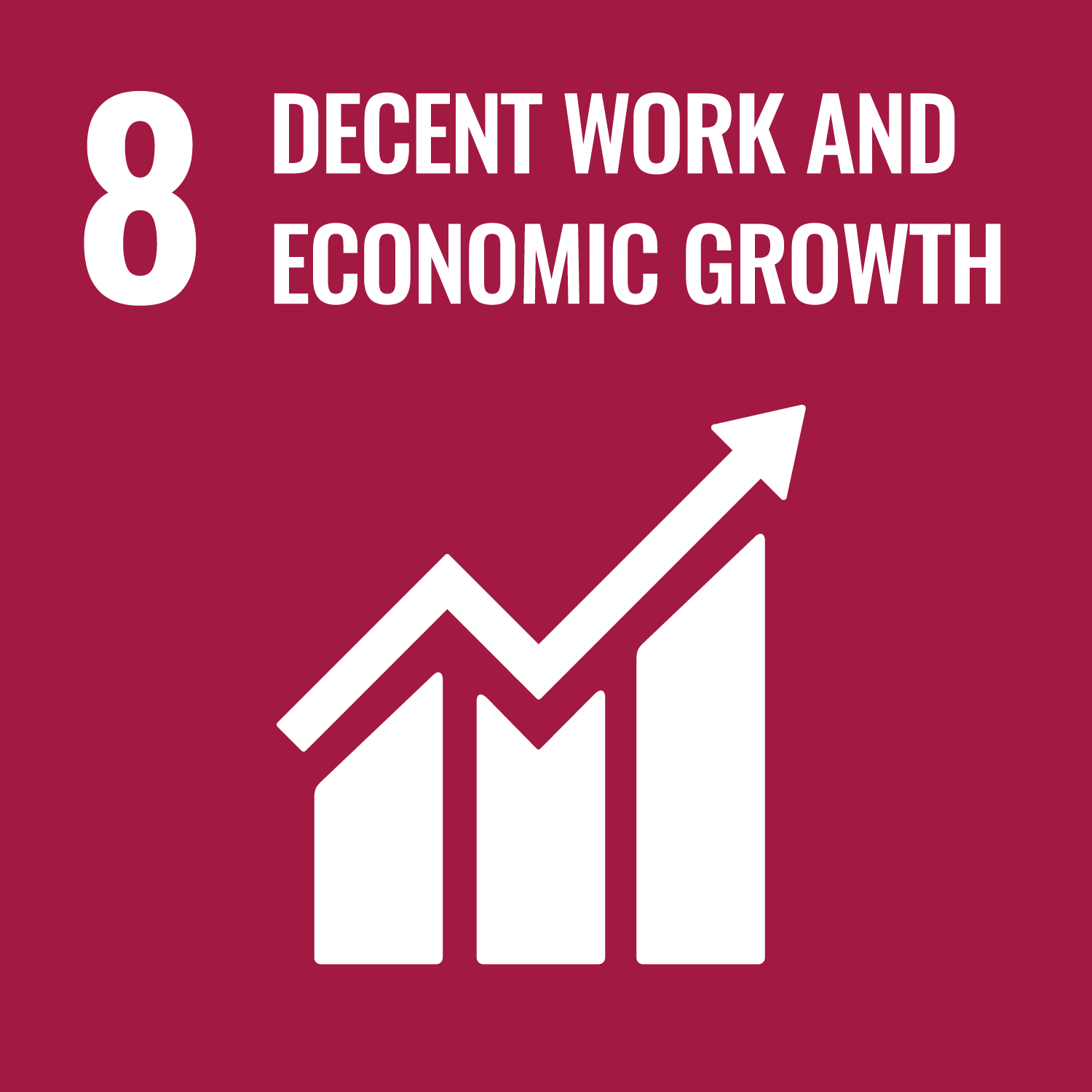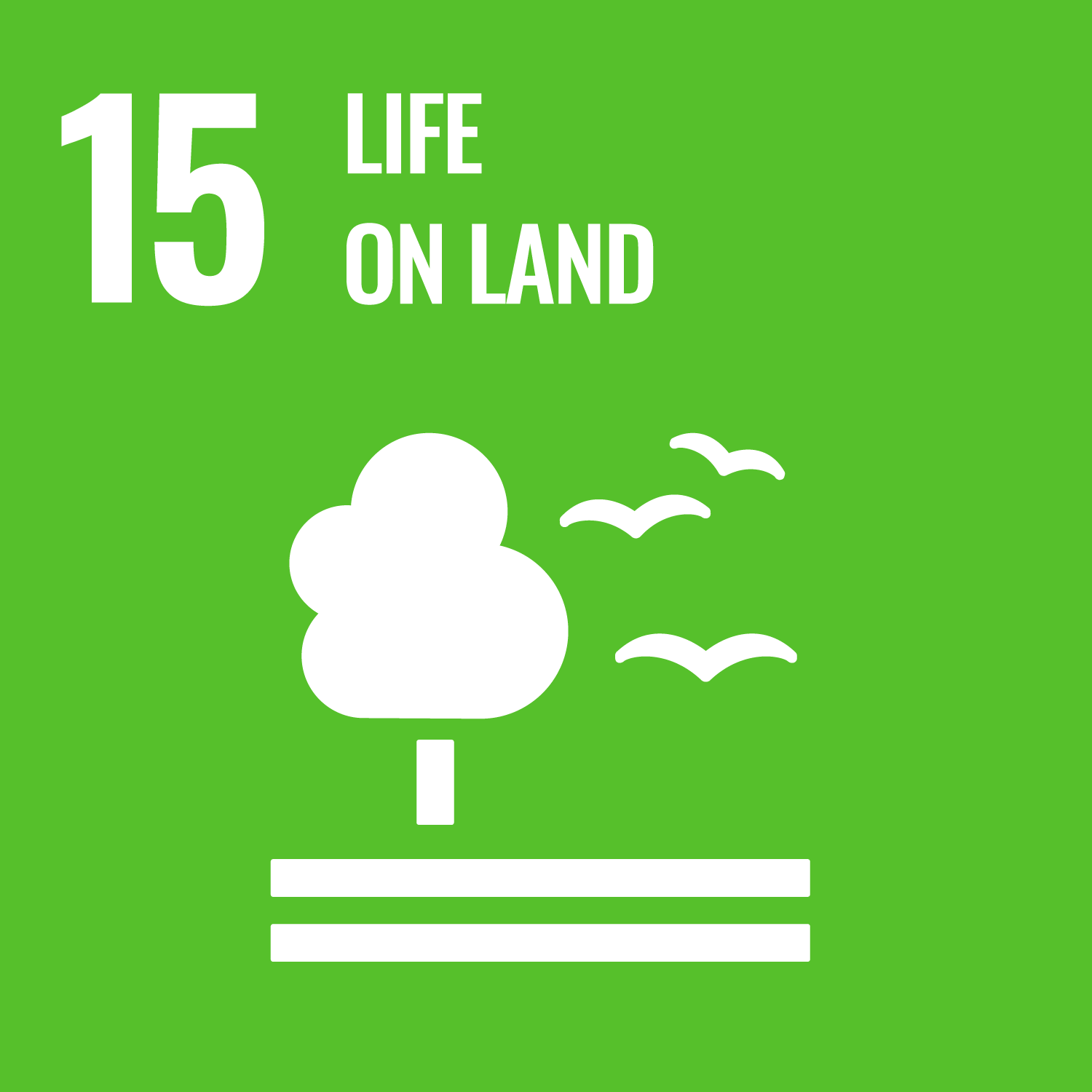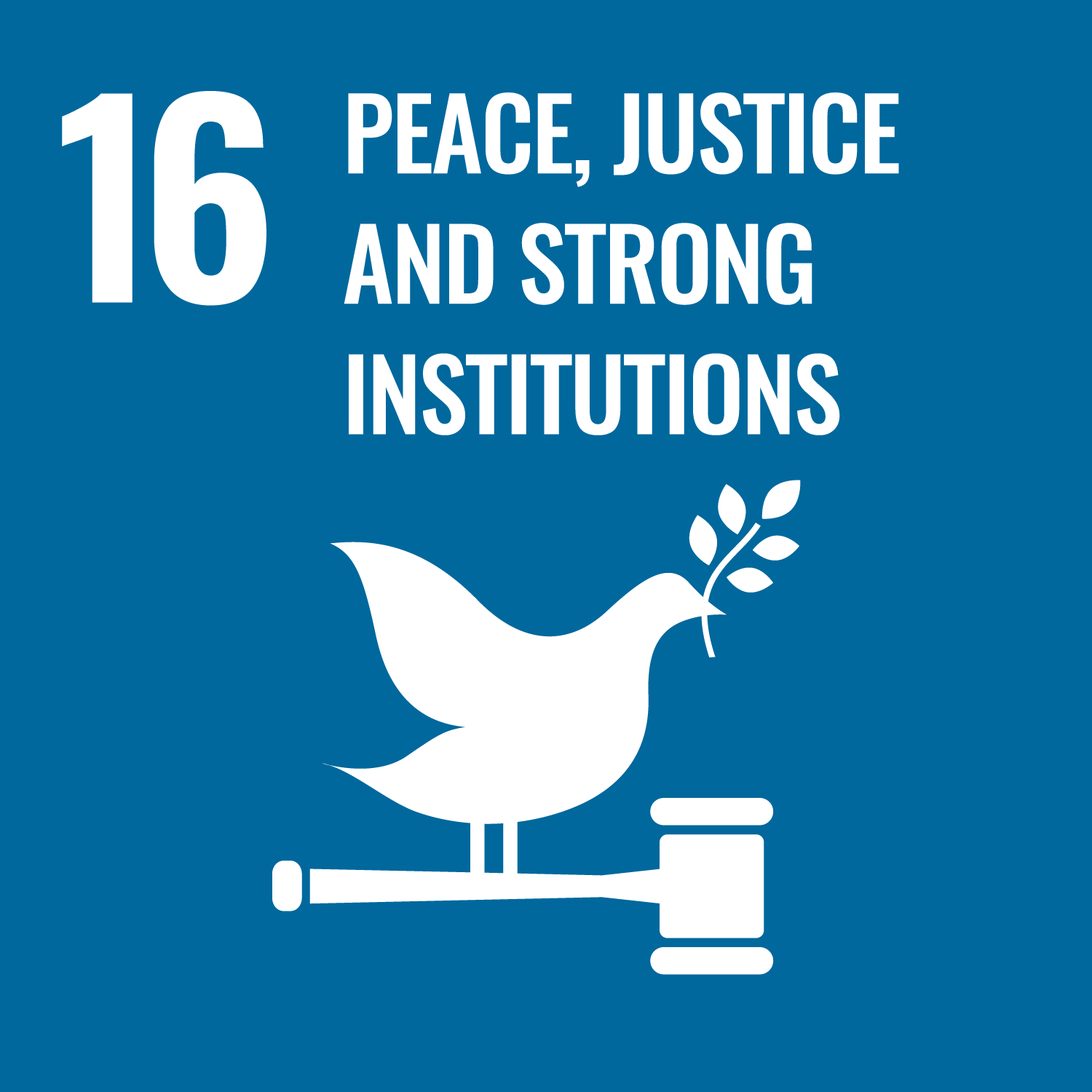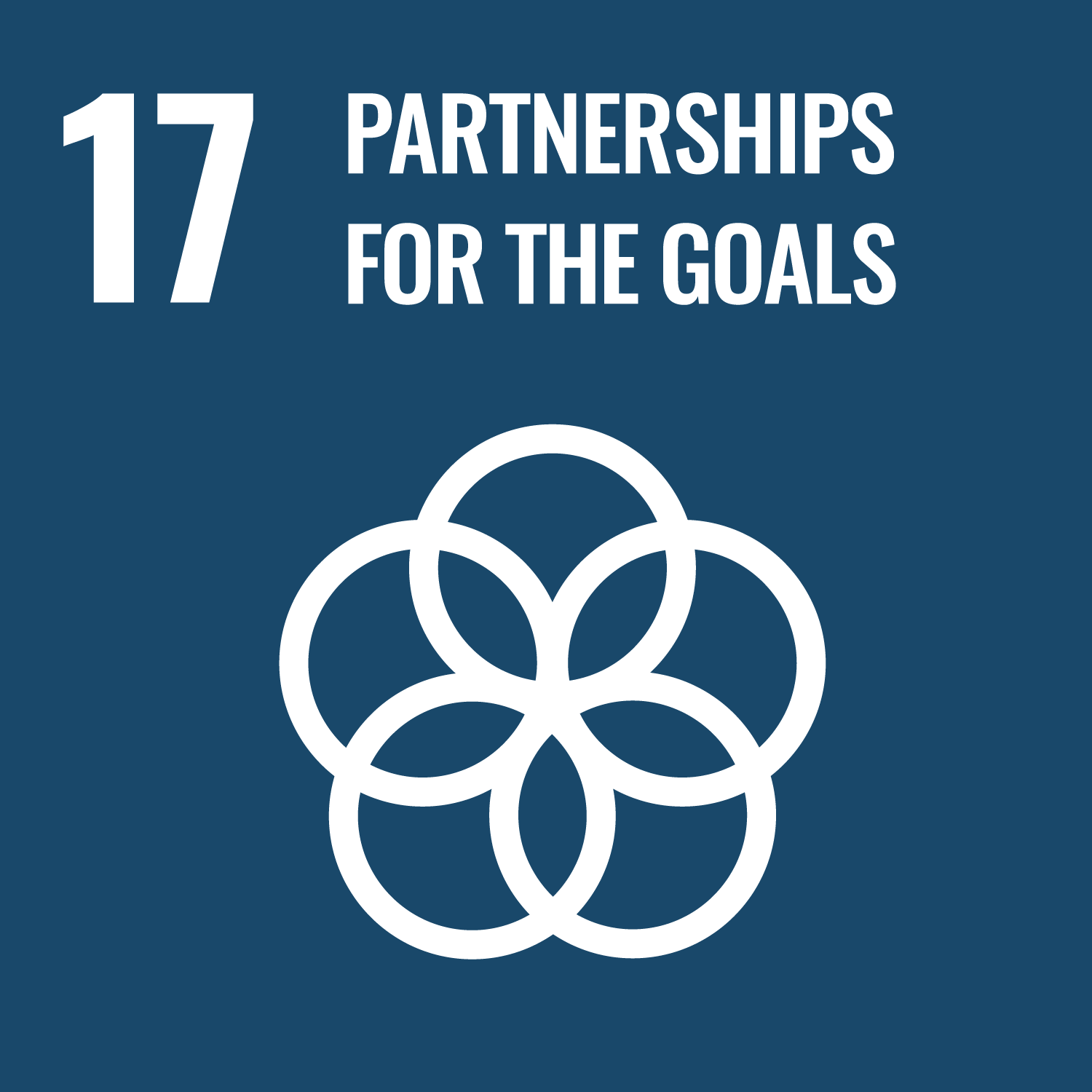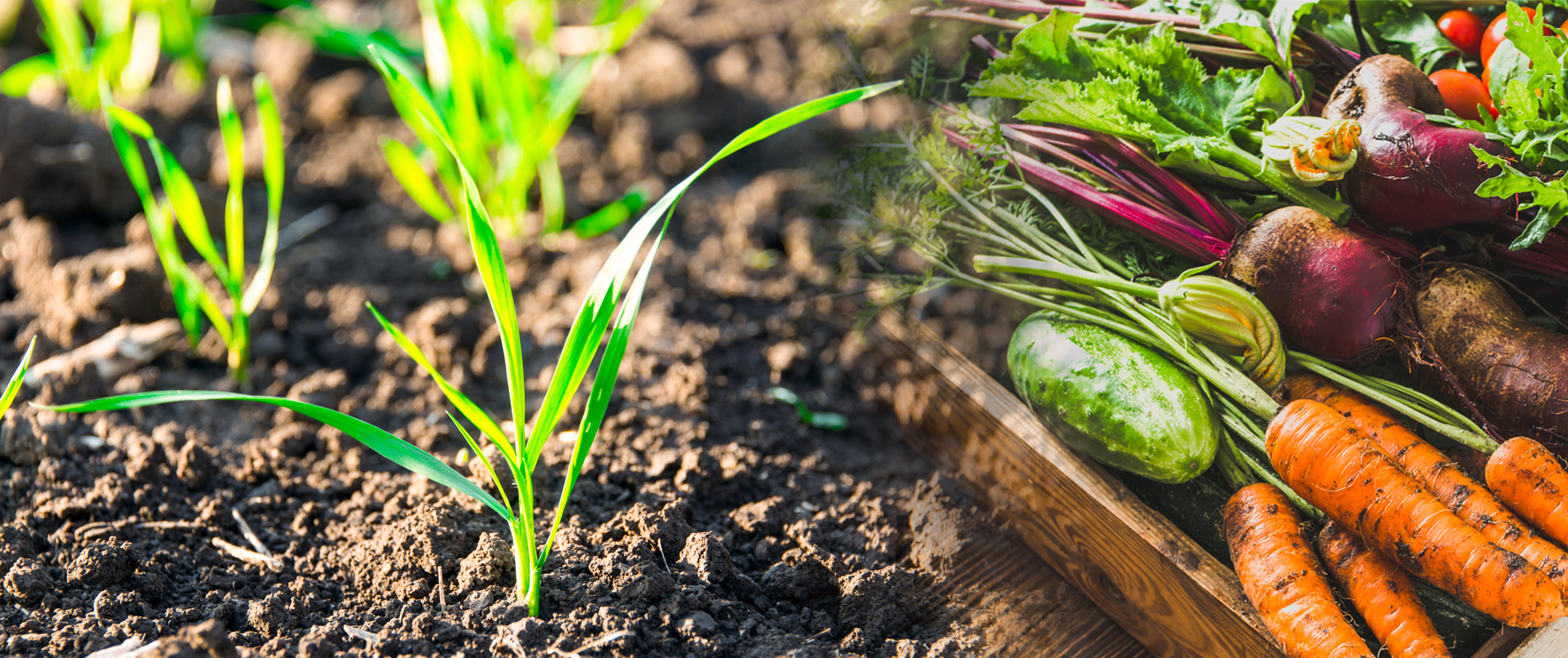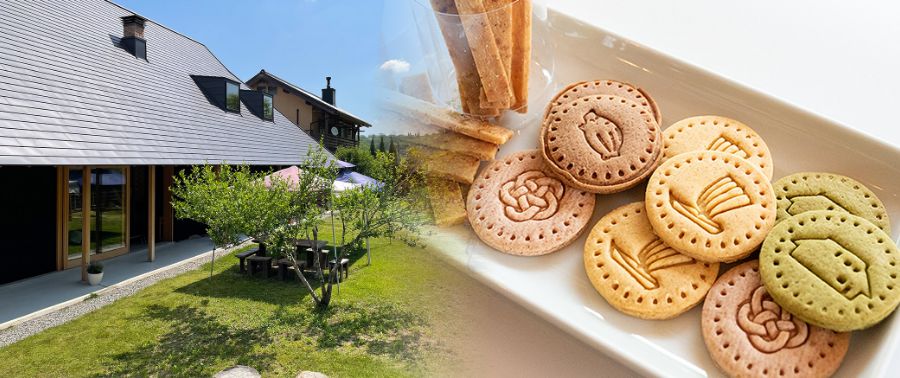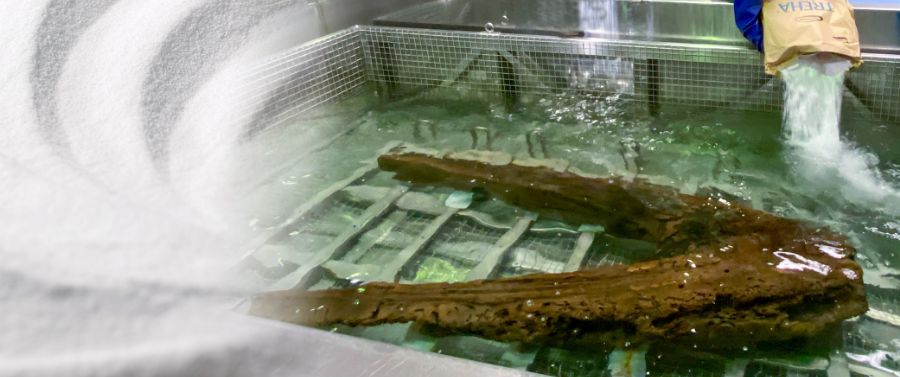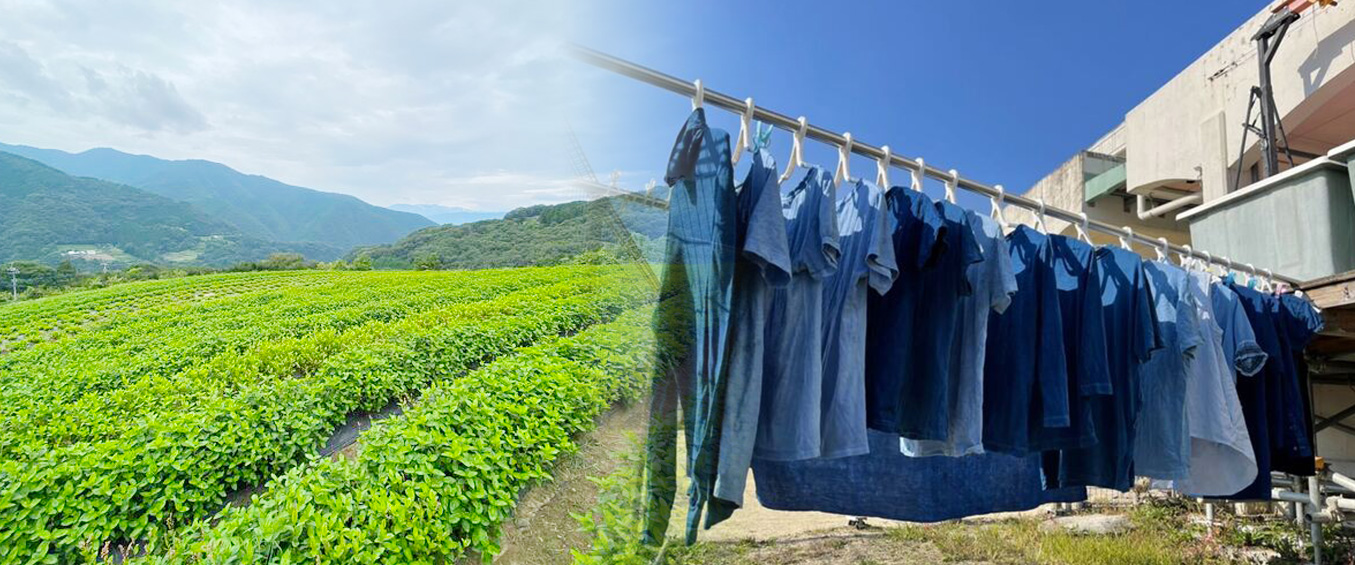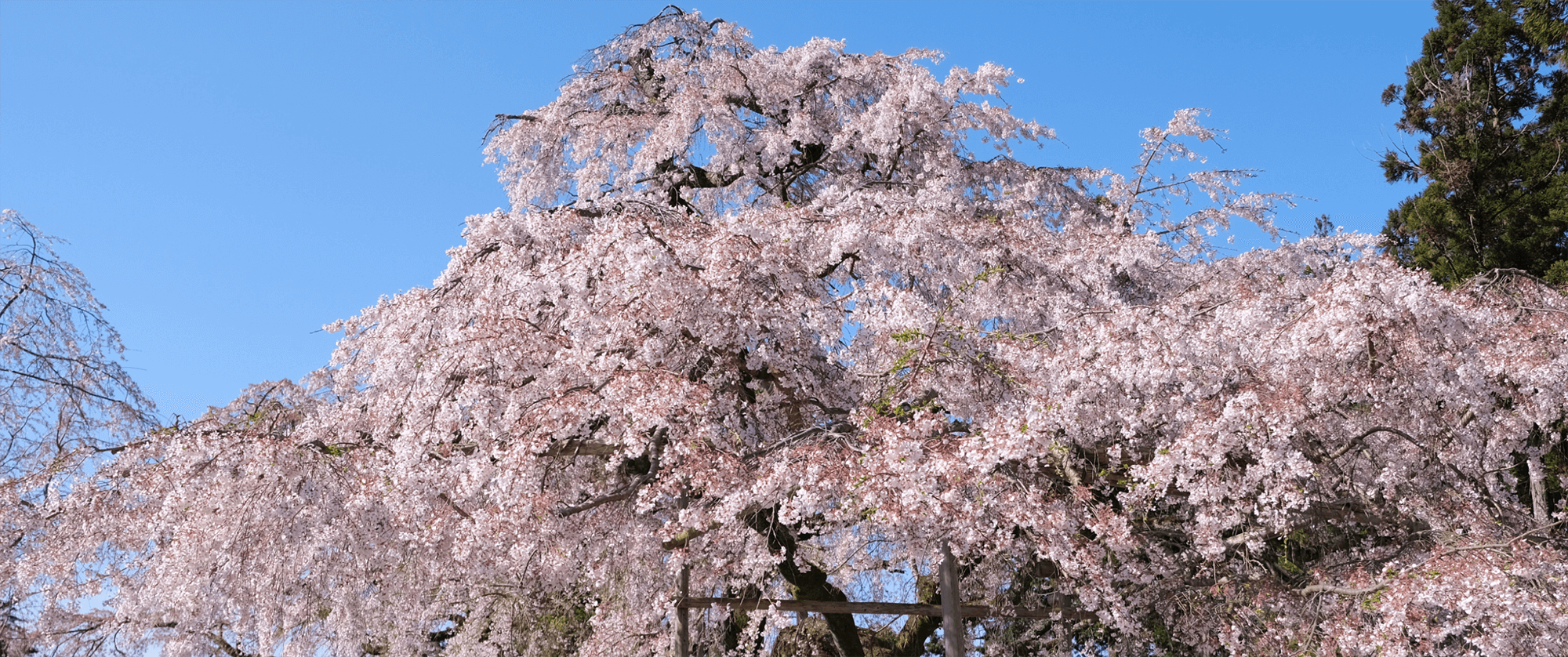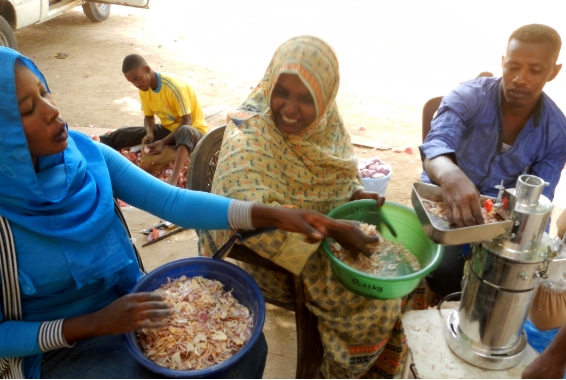
Sustainable Stories
Nagase Viita's WEB Magazine
02Story
October 11, 2021
Cacao and chocolate Connecting two different worlds through exploration in Colombia

Curiosity was the starting point: "I simply wanted to know more!"
Chocolate is a striking example of a food with a large geographical and cultural gap between the producer countries and the consumer countries. This gulf between the economic level of the two sides arises from the historical relation between former colonial countries and colonized countries.
Ogata took up this challenge at the age of 28 after six years of working at a confectionery chocolate manufacturer. Although she was involved with chocolate every day, she felt inadequate because she knew nothing about cacao, so she decided to go to one of the producer countries, which are located mainly in Latin America, to learn about it for herself.
A quick review of Ogata’s career reveals a surprising dynamism.
She started by learning English, then looked for farms on her own by searching on the Internet, which was just beginning to attract widespread use at the time. She also visited plantations in the outback where foreigners rarely venture, and eventually gained the trust of the local people.
Growing high-quality cacao to increase market value
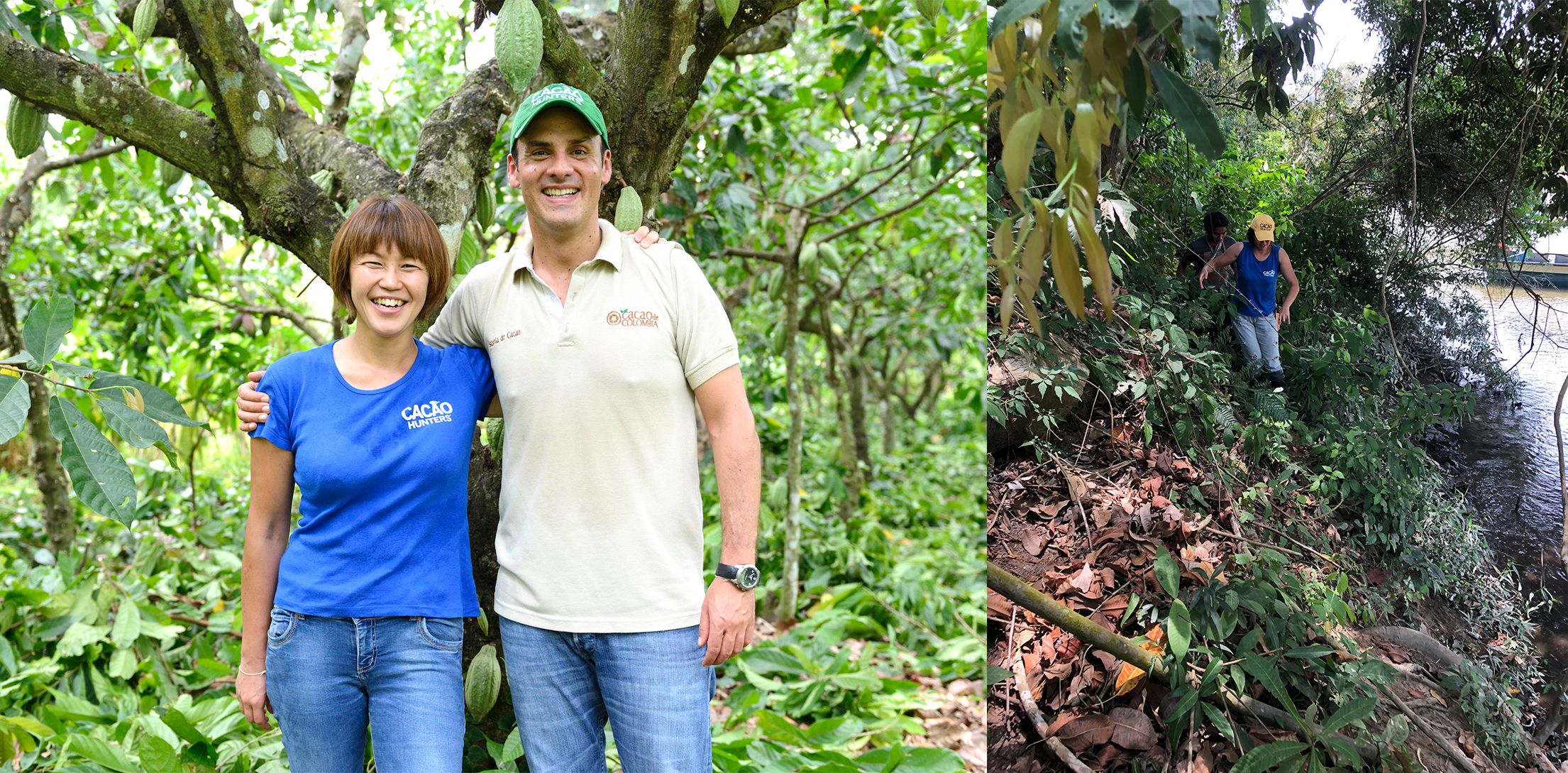 Above left: Mayumi Ogata (CEO, CACAO HUNTERS JAPAN) and co-founder Carlos Velasco; Above right: Exploring the jungle to find unknown wild cacao varieties.
Above left: Mayumi Ogata (CEO, CACAO HUNTERS JAPAN) and co-founder Carlos Velasco; Above right: Exploring the jungle to find unknown wild cacao varieties.
Having found a high-potential cacao plant variety, Ogata taught processing techniques to local farmers and began to make fine cacao beans. In the course of these activities, however, she discovered something rather shocking.
"First of all, there was no concept of 'price for quality' in cacao trading."
There was little or no mechanism for adding further value to good things, the trading price relative to the international market was very low, and the farmers had no idea of how to change the system by themselves.
An unshakeable economic pyramid dominated the trading market, and the economic level of the cacao producer remained low despite their hard work. It became Ogata’s lifetime work to change the situation by creating an equitable business model that enables producers to improve their lives while also achieving a sustainable cacao supply.
 Harvesting cacao nuts one by one by hand (above left), carefully removing the seeds (above center), fermenting them for approximately one week (above right), and then drying is the process that yields the main raw material of chocolate: cacao beans.
Harvesting cacao nuts one by one by hand (above left), carefully removing the seeds (above center), fermenting them for approximately one week (above right), and then drying is the process that yields the main raw material of chocolate: cacao beans.
She revised various systems to enable the traded cacao to be quickly cashed in, for instance by arranging for the producers' association to pay cash on the spot for the fresh cacao delivered to the fermentation center by farmers from across the region.
As a result of these efforts, NGOs in various countries and U.S. non-profit organizations showed interest and gave support for capital investment. In 2013, Ogata built a chocolate workshop, which was enlarged into a factory in 2016 where local people now manufacture and sell the product with their own hands.
Producers learn to take pride in quality
In addition, Ogata even invited producers to Japan, where they gave seminars at Valentine's Day events in department stores and had the chance to sell their own chocolates in person.
"I wanted the producers to see with their own eyes how their cacao reaches out to people. They saw people smile as they ate their chocolate and returned to their home countries very excited."
With their improved skills and experience of the world, the cacao producers started to gain a firm pride in Colombia.
Just then, the "Bean to Bar" movement (whereby chocolate creators undertake the whole process from selecting and roasting the cacao beans to making the final product) was emerging worldwide and provided further momentum. Renowned chocolatiers from around the world recognized the high quality of Colombian cacao, which led to an expansion of market sales.
 With the Arhuaco tribe in northern Colombia
With the Arhuaco tribe in northern Colombia
Chocolate made with Arhuaco cacao was first exhibited at the International Chocolate Awards in 2015 and won the gold award in the Micro-batch-Plain/origin dark chocolate bars category.
‘What we are doing is not "support". It is also a little different from "fair trade", because of our awareness of 'quality’. We call it "direct trade."
We produce fine cacao that excites people around the world and receive a fair price for its quality. The most important point is to make it a "sustainable" business into the future.’
Creating unique material-focused products
Famous patissiers and the chefs of multi-star restaurants love these unique flavors and aromas and have created a wide range of recipes with these cacao varieties.
 Above left: CACAO HUNTERS chocolate bar; Above right: CACAO HUNTERS Plus chocolate sweets
Above left: CACAO HUNTERS chocolate bar; Above right: CACAO HUNTERS Plus chocolate sweets
For example, the chocolate gelato, one of its most popular products, enhances the aroma of cacao with the clean taste of trehalose. In addition, as the overall sugar content can be raised while suppressing sweetness, the product keeps its softness over time, which ultimately improves business operations.
Effective preservation is particularly important in products intended as gifts. Trehalose helps maintain the freshly made taste for a long time, resulting in reduced food waste.
Nagase Viita also sponsors the world's top-class pastry chef organization “Relais Desserts” and supports confectionery-related projects.
"Relais Desserts" is an organization that spreads outstanding confectionery technology around the world (the meaning of relais is ‘relay’). It supports cacao producers in the “Cacao Forest” project.
At the end of her story, Ogata adds with a bright-eyed smile:
"What we do is like a highly skilled craftworker creating water colors. I'm thrilled to see wonderful painters around the world (= patissiers and manufacturers) using our colors to paint beautiful pictures".
Those words are exactly in tune with the thinking of Nagase Viita as a material manufacturer. Nagase Viita will continue to support Ogata’s ongoing journey through the products it delivers.
- ■CACAO HUNTERS Website:https://cacaohunters.com/en/home/
 CACAO HUNTERS
CACAO HUNTERS
- The sustainable actions that Nagase Viita has highlighted are:
- ●Providing guidance to improve the quality and productivity of cacao (from cacao bean cultivation to processing) and establishing an appropriate system for sustainable cacao production
- ●Contributing to improved quality of life for producers and revitalization of the local economy by improving the quality of cacao beans through in-depth research and development and paying an appropriate price for their quality
- ●Enabling local production of high-quality chocolate, supporting export, and contributing to improving the market evaluation and international competitiveness of Colombian cacao.
